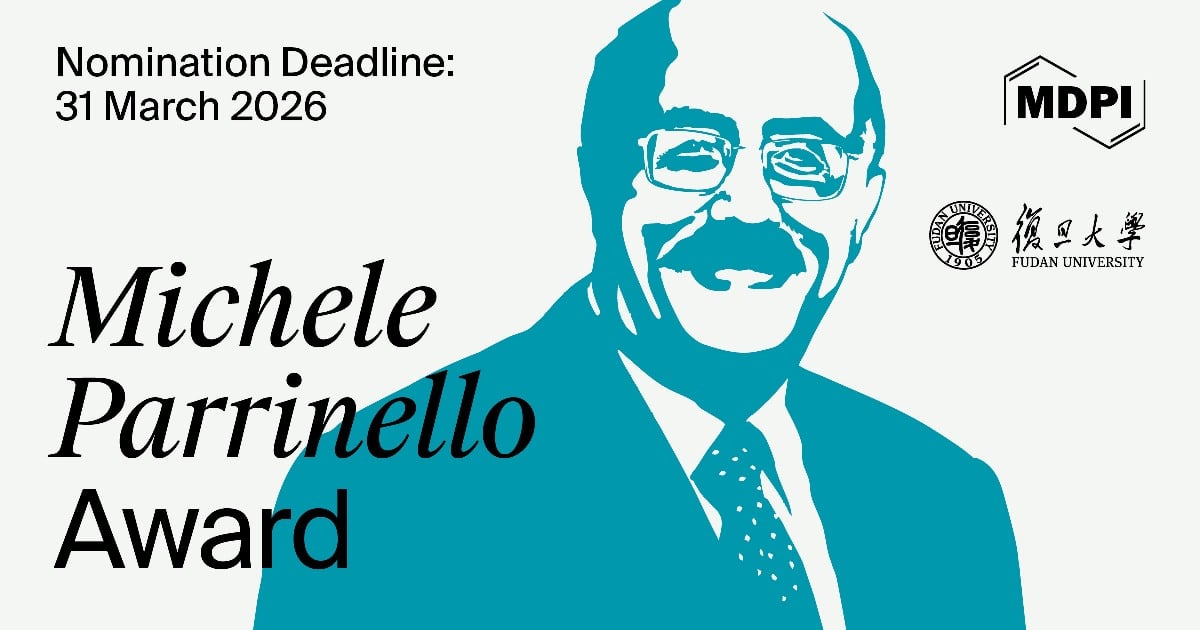-
 Methanol Oxidation over Pd-Doped Co- and/or Ag-Based Catalysts: Effect of Impurities (H2O and CO)
Methanol Oxidation over Pd-Doped Co- and/or Ag-Based Catalysts: Effect of Impurities (H2O and CO) -
 Smart Materials for Carbon Neutrality: Redox-Active MOFs for Atmospheric CO2 Capture by Electrochemical Methods
Smart Materials for Carbon Neutrality: Redox-Active MOFs for Atmospheric CO2 Capture by Electrochemical Methods -
 Bimetallic Pd- and Co-Containing Mesoporous Carbons as Efficient Reusable Nanocatalysts for Hydrogenations of Nitroarenes and Enones Under Mild and Green Conditions
Bimetallic Pd- and Co-Containing Mesoporous Carbons as Efficient Reusable Nanocatalysts for Hydrogenations of Nitroarenes and Enones Under Mild and Green Conditions -
 A Novel Polymer-Derived Ni/SiOC Catalyst for the Dry Reforming of Methane
A Novel Polymer-Derived Ni/SiOC Catalyst for the Dry Reforming of Methane -
 Recent Advances in Biocatalytic Dearomative Spirocyclization Reactions
Recent Advances in Biocatalytic Dearomative Spirocyclization Reactions
Journal Description
Catalysts
- Open Access— free for readers, with article processing charges (APC) paid by authors or their institutions.
- High Visibility: indexed within Scopus, SCIE (Web of Science), Inspec, Ei Compendex, CAPlus / SciFinder, CAB Abstracts, and other databases.
- Journal Rank: JCR - Q2 (Chemistry, Physical) / CiteScore - Q1 (General Environmental Science )
- Rapid Publication: manuscripts are peer-reviewed and a first decision is provided to authors approximately 16.6 days after submission; acceptance to publication is undertaken in 2.7 days (median values for papers published in this journal in the first half of 2025).
- Recognition of Reviewers: reviewers who provide timely, thorough peer-review reports receive vouchers entitling them to a discount on the APC of their next publication in any MDPI journal, in appreciation of the work done.
- Journal Cluster of Chemical Reactions and Catalysis: Catalysts, Chemistry, Electrochem, Inorganics, Molecules, Organics, Oxygen, Photochem, Reactions, Sustainable Chemistry.
Latest Articles
E-Mail Alert
News
Topics
Deadline: 31 December 2025
Deadline: 31 January 2026
Deadline: 20 March 2026
Deadline: 31 March 2026
Conferences
Special Issues
Deadline: 30 December 2025
Deadline: 30 December 2025
Deadline: 31 December 2025
Deadline: 31 December 2025


























